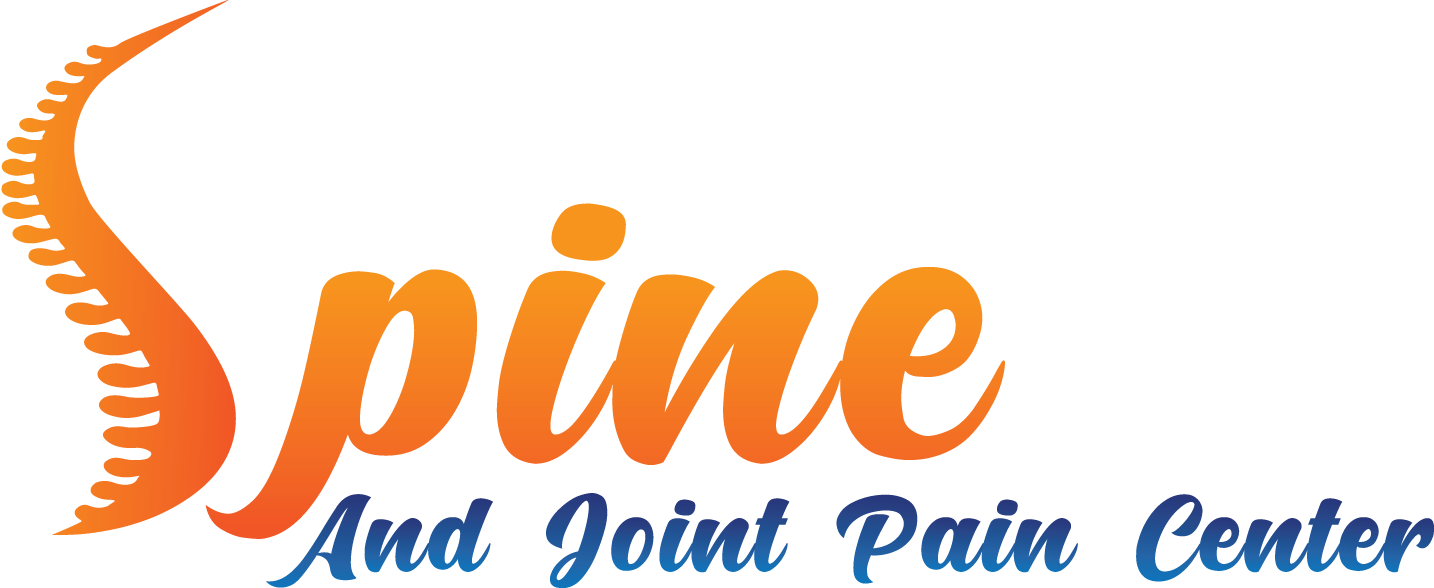
Knee Injections
Shoulder Injections
In medicine, a joint injection (intra-articular injection) is a procedure used in the treatment of inflammatory joint conditions, such as rheumatoid arthritis, psoriatic arthritis, gout, tendinitis, bursitis, Carpal Tunnel Syndrome, and occasionally osteoarthritis.
Shoulder injections are used for diagnostic, as well as therapeutic purposes. The common substances injected include corticosteroids and hyaluronans.
Corticosteroids are strong anti-inflammatory medications reducing swelling and inflammation. Now these are often used in conjunction with physiotherapy rehabilitation and other medications for a more lasting cure of many conditions, such as subacromial impingement syndrome, AC joint pathology and inflammatory arthritides.
Hyaluronans also have anti-inflammatory benefits, as well as coating pain receptors, stimulating endogenous synovial fluid production and lubrication effects. They seem to have a role in degenerative synovial joint disease where surgery is not indicated.
Wrist Injections
About 5 percent of Americans suffer from carpal tunnel syndrome, which occurs due to pressure on a key nerve that runs from the forearm into the palm of the hand. ... Sufferers feel pain, tingling and numbness in the affected hand and wrist, with pain sometimes shooting up their arm.
Carpal tunnel syndrome is numbness, tingling, weakness, and other problems in your hand because of pressure on the median nerve in your wrist. The median nerve and several tendons run from your forearm to your hand through a small space in your wrist called the carpal tunnel.
The cortisone starts working in about 3 to 5 days and its effect can last for several days to a few months. How many joint injections do I need to have? If the first injection does not relieve your symptoms in two to three weeks, you may be recommended to have one more injection.

